Fish and aquacultural science
This includes fisfarming,fish genetics, fish breeding, fish ecology and fish ethology. Aquaculture is the farming of aquatic organisms such as fish, crustaceans, molluscs and aquatic plants, to be used e.g. as food.
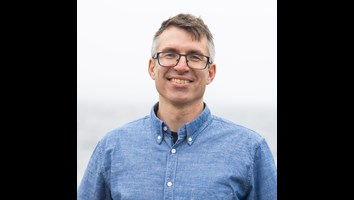
När havet blir brunare – forskare från SLU ska undersöka hur varmare och mörkare vatten påverkar ekosystemtjänster längs Östersjökusten
How is marine life affected when coastal waters become both browner and warmer? That’s what SLU researcher Magnus Huss, together with colleagues from the Department of Aquatic Resources (SLU Aqua)
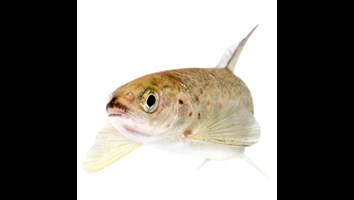
Pharmaceutical pollution affects migration in Atlantic salmon
Young salmon exposed to pharmaceutical pollution change their behaviour. They prefer to swim alone rather than in shoals and take greater risks during the vital migration from river to sea. This is
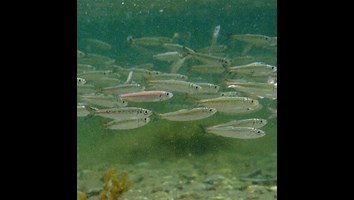
40 års miljöövervakning avslöjar oroande trend i Bottenhavets näringsväv
The Bothnian Sea is under increasing pressure from human activities. Increases in fishing and phosphorus have led to a decline in the health of the open sea food web – which represents a complex
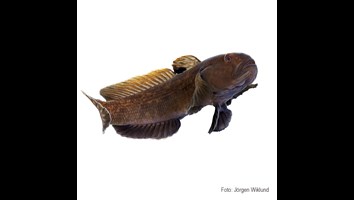
Svartmunnad smörbult förändrar kustfiskbestånden i Östersjön
A small, adaptable newcomer is reshaping the coastal ecosystem of the Baltic Sea. The invasive round goby has spread rapidly along the coast. A new study from the Swedish University of Agricultural
Alexander Hansson
alexander.hansson@slu.se I work with research and monitoring of salmonids within the diadromous group at SLU Aqua, with the aim of supporting the sustainable use of our aquatic ecosystems. My
The future of seafood - how to build sustainable aquaculture
The future of seafood - how to build sustainable aquaculture aquaculture@slu.se Farmed fish, shellfish and algae have incredible potential for our future food supply. How can we increase our
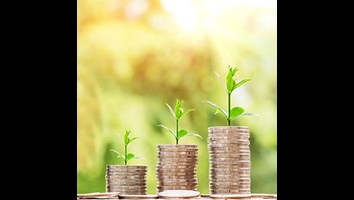
New funding call from SLU Aquaculture
SLU Aquaculture has recently announced a new funding call for research to stimulate cross-faculty and university collaborations and strengthen aquaculture research at SLU. Grants can be given up to a
Diss Jingyao Niu
Ecological and evolutionary consequences of ecosystem warming in fish charlotta.eriksson@slu.se Jingyao Niu defends her thesis "Ecological and evolutionary consequences of ecosystem warming in
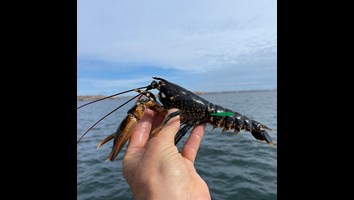
Ny modell ger bättre koll på hummerbeståndet
The lobster stock in Sweden is at biologically sustainable levels, although there is still some risk of overfishing. This is the conclusion of the latest stock assessment, developed using an improved
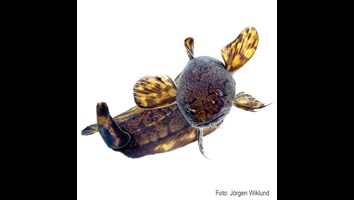
Fiskbarometern-2025
At Fiskbarometern, the Swedish University of Agricultural Sciences presents the status and trends of fish and shellfish stocks in Swedish marine and freshwater environments. The assessments for 2024
Göran Ericsson
internkommunikation@slu.se Dean of the Faculty of Forest Sciences. Department Chair and Chaired Professor in Wildlife Ecology. My tenured professorship focuses on three main topics; plant-animal
Noél Holmgren
internkommunikation@slu.se Dean of the Faculty of Natural Resources and Agricultural Sciences. Noel Holmgren, Research Group Leader at the Department of Aquatic Resources. At SLU since 2017. PhD in
